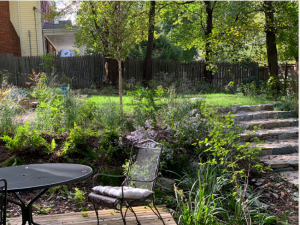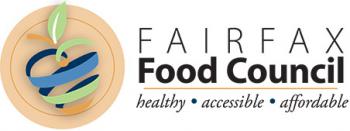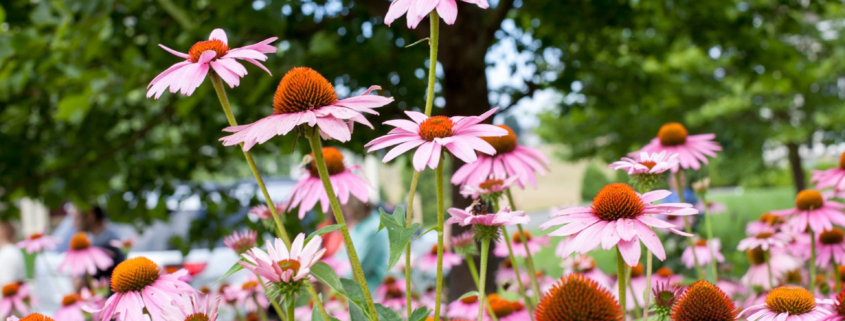Huntley Meadows: Preserving Native Plants, program April 9th–CANCELED!
Photo: Barbara J. Saffir (c)
Green Spring Gardens
4603 Green Spring Road, Alexandria
Thursday, 9 April 2020
7:30 – 9pm
David Lawlor will discuss the recent Natural Resource Management activities at Huntley Meadows Park including the newly revised Natural Resource Management Plan based on Natural Vegetation Communities found in the park. He will review the quality and types of Huntley Meadows Park Natural Vegetation Communities, as well as the monitoring and protection efforts for the rare plant communities and rare plants found in the park. David will also speak about the surveys and research being conducted at HMP to enhance the understanding of the ecosystems being protected.
David Lawlor is a native of Fairfax County growing up in Annandale, VA. He graduated with a B.S. in Biology from George Mason University. David has over 20 years of experience in the field of Natural Resource Management planning and implementation. David worked as the Fairfax County Assistant Wildlife Biologist for six years and has been the Natural Resource Manager at Huntley Meadows for over 15 years.
Presented by Virginia Native Plant Society, Potowmack Chapter.
Lecture is free and open to the public.











